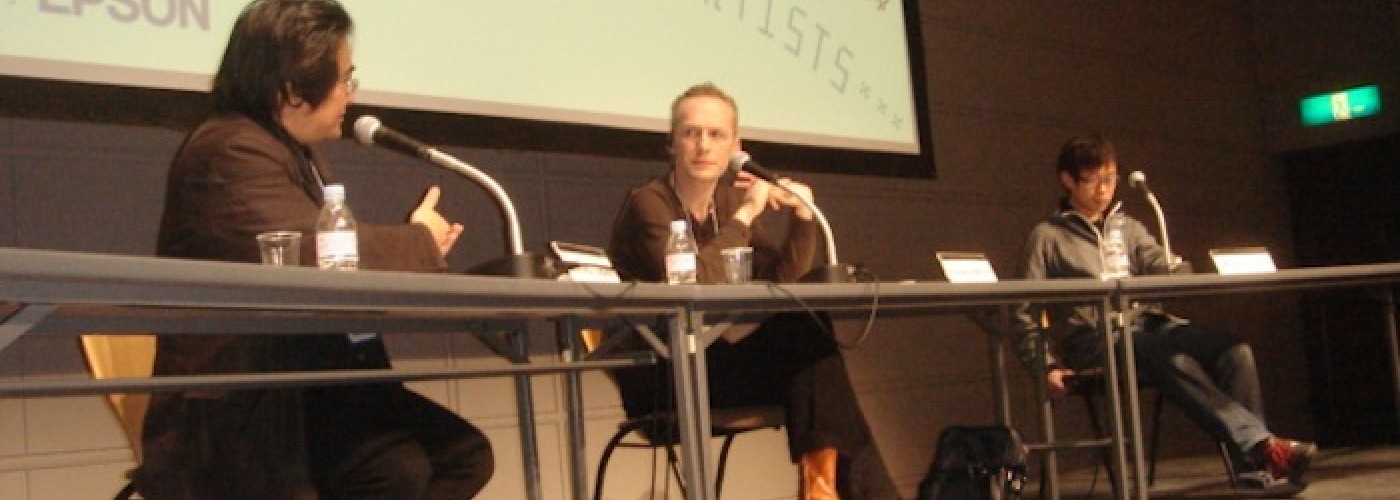
The TPAM-IETM Satellite Meeting in Tokyo took place from 3 to 5 March, 2008 (Tokyo Performing Arts Market was held from 5 to 8 March).
We chose “Reconsidering the Contemporary in Performing Arts” as our overall theme. At face value, “Contemporary” means ‘something happening now’, yet as we all know, in the arts it has a deeper significance. In English, contemporary is different from modern, just as traditional is different from folkloric.
In Asia, the relation between traditional and contemporary is different from in Europe. How different, and in which ways? Cultural analysts such as Rustom Bharucha maintain that ‘contemporary’ is essentially a Western construct, yet contemporary art and architecture in Japan has its own essence which is not at all mere imitation.
Artists from every era have borrowed from other cultures and ages, and their work has, in turn, influenced others. Where do these circular borrowings fit in?
Has ‘contemporary’ been defined with a historical perspective, or was the term invented to refer to work that rejects forms and styles of the past, addressing and/or being aware of problems of "contemporary" society and people? With the onset of globalisation, the notions of "society" and "people" addressed by "contemporary performing arts" have greatly expanded; the notions themselves have become plural.
Some say that "contemporary performing arts" are formalistically established as a specific genre belonging to Europe, while others use "contemporary" to refer to nation-building struggles in other world regions.
This meeting aimed to discuss the term and its ideologies again, whether to compare and contrast cultural perspectives, to interrogate our own understandings, to break through the paradoxes or to ensure our publics’ understanding of, and interest in, our work.
We reconsidered the contemporary across several axes, such as aesthetics, structures and practice.
In addition to lively and interactive group discussions on the theme, we also had sessions such as video lectures on the history of ‘contemporary’ performing arts in Japan, seminars on the current situation of Japanese and European performing arts, and a Tokyo city tour. Performances (as part of TPAM programmes) were presented simultaneously in and around Tokyo from March 1 to 9, 2008.
This was the fourth IETM Satellite Meeting in Asia. New networks with new perspectives have already started to emerge from the past three meetings. We intended to create a programme that continues to develop them through discussions between IETM members and Asian artists/presenters.
